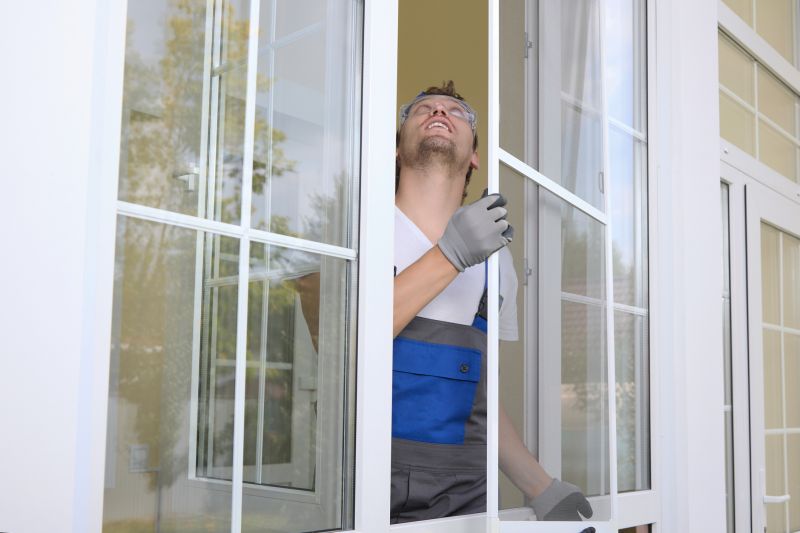Optimal Timing for Windows Installations
Windows installations are most effective when planned during periods of low system demand, typically in the early morning or late evening. Scheduling installations during these times minimizes disruption and allows for proper system updates and configurations. Additionally, avoiding peak business hours ensures that support resources are available if needed.
Spring and fall often provide ideal weather conditions for installations, especially for outdoor or hardware-related setups. These seasons typically feature moderate temperatures and lower humidity, reducing the risk of installation issues.
Early mornings or late evenings are preferred to avoid interference with daily operations. This timing allows for thorough setup and testing without impacting productivity.
Availability of technical staff, hardware delivery schedules, and system readiness are key considerations. Planning ahead ensures minimal downtime and smoother deployment.
Performing installations during scheduled maintenance windows helps manage updates efficiently. Regular updates improve security and performance but should be timed to reduce user inconvenience.

Technicians carefully installing Windows on a server rack.

A technician scheduling updates during a maintenance window.

Hardware components being prepared for Windows installation.

Ways to make Windows Installations work in tight or awkward layouts.

Popular materials for Windows Installations and why they hold up over time.

Simple add-ons that improve Windows Installations without blowing the budget.
| Timing Consideration | Details |
|---|---|
| Off-Peak Hours | Early mornings and late evenings are ideal for minimizing operational disruptions. |
| Seasonal Timing | Spring and fall often provide better environmental conditions for hardware setup. |
| System Readiness | Ensure hardware and network infrastructure are prepared before scheduling. |
| Support Availability | Schedule during times when technical support staff are available. |
| Update Windows | Plan updates during maintenance windows to avoid user impact. |
| Hardware Conditions | Install during moderate weather to prevent hardware issues. |
| Delivery Schedules | Coordinate hardware deliveries to align with installation windows. |
| Business Operations | Avoid peak business periods to reduce operational impact. |
Proper timing of Windows installations can enhance system performance, reduce downtime, and ensure a smoother deployment process. Planning ahead and considering environmental and operational factors contribute to successful installations. Regular updates and hardware management are vital for maintaining optimal system functionality.

Technicians working on a Windows setup in a server room.

A user receiving a Windows update notification.

Preparing hardware components for Windows installation.

Configuring settings after Windows installation.

High-end options that actually feel worth it for Windows Installations.

Finishes and colors that play nicely with Windows Installations.
Interested in scheduling a Windows installation? Filling out the contact form can help coordinate a suitable time that minimizes disruption and maximizes system efficiency. Proper planning ensures a successful deployment tailored to operational needs.


